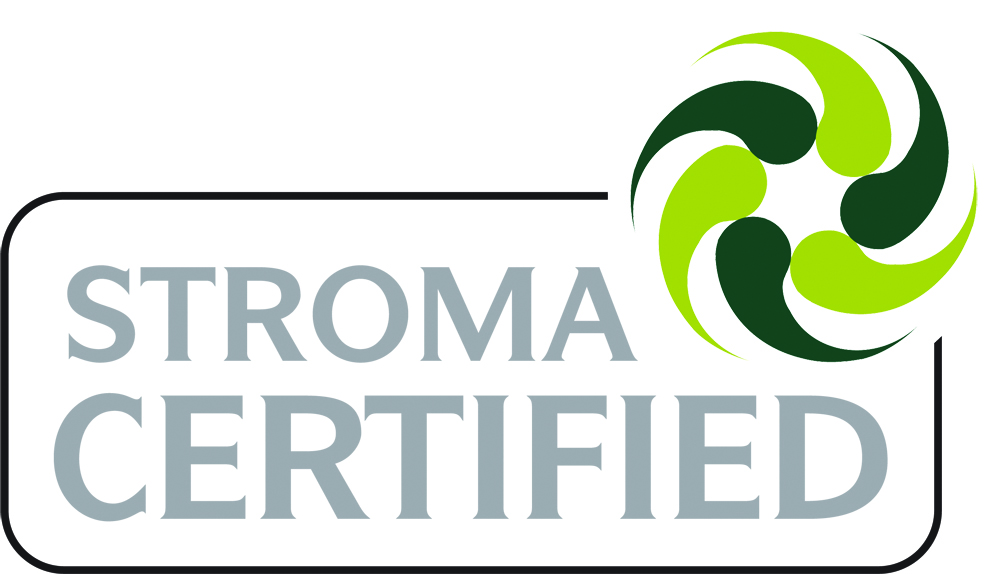Looking towards the new year
With 2019 having drawn to a close, I thought it was high time that we provide our readers with a heads up on potential news and changes affecting the construction industry in the coming year.
So, without further ado, let’s take a quick look at what 2020 has in store!

The Future Homes Standard – A Consultation into potential Part L & Part F Changes
Although the issue of climate change has been a major talking point in the construction industry for several years, the emergence of several activists (such as Greta Thunberg and Extinction Rebellion) in 2019 has certainly forced the topic into the mainstream media.
With homes, new & existing, accounting for approximately 20% of all UK carbon emissions, a commitment was made in the 2019 Spring Statement to introduce a ‘Future Homes Standard’ to ensure that new build homes are future-proofed with low carbon heating and world-leading levels of energy efficiency.
To help the industry reach a position where it can deliver to this standard by 2025, a consultation paper was published in October 2019, discussing possible meaningful – but achievable – uplifts to the existing energy efficiency standards set out in Parts L & F of the building regulations.
As well as potential changes to the air testing methodology and ventilation requirements, one of the more major proposed changes is the use of the primary energy usage as the main performance target. This means that the implementation of sustainable design will become even more important as it will be difficult to ‘offset’ high energy demand (often caused by lacking fabric efficiency) with renewable technology such as Solar Photovoltaics.
For more information, please find the consultation here.

SAP 10 – What’s Changing?
You might have heard about the changes being introduced with the new SAP methodology earlier in the year. The release of this is set to coincide with the release of the 2020 updates to Part L mentioned above.
For those that missed this, a new method for calculating a buildings energy efficiency has been published with some major changes listed.
An important example of this is the improvement of the fuel factor for grid-supplied electricity. The improvement to this will mean that using electric heating will become a more viable option, especially in places where gas may not be available.
To download the SAP 10 document, or for further information, please head over to the BRE website: www.bregroup.com/sap/sap10

Air Quality – New Regulations
Until now there has not been any part of the building regulations that focused on the quality of air within UK homes, but not for much longer!
One of the updates proposed for the Part F regulations is the introduction of a more detailed testing and commissioning process for newly installed ventilation systems. This is not just to ensure that they are working to a sufficient standard, but also that they will not be too intrusive to the homeowner.
Previously Part F set standards for the air flow rates of installed ventilation systems, but never directly looked at the air quality. The proposed changes will not only focus on improving the currently employed testing methods but will also look at factors such as local air quality figures and ways to prevent the ingress of external pollutants.
And much more to come!
These are but a few of the upcoming changes to the building regulations, so 2020 is likely to be a busy year.
If you would like any additional information or advice on how these changes might affect you or any of your upcoming projects, please feel free to contact us by email at info@productivv.energy or by giving us a call on 0333 339 2322.
Published on: 30th Dec 2019, by: Michael Langley, Co-Founder, Productivv Energy





